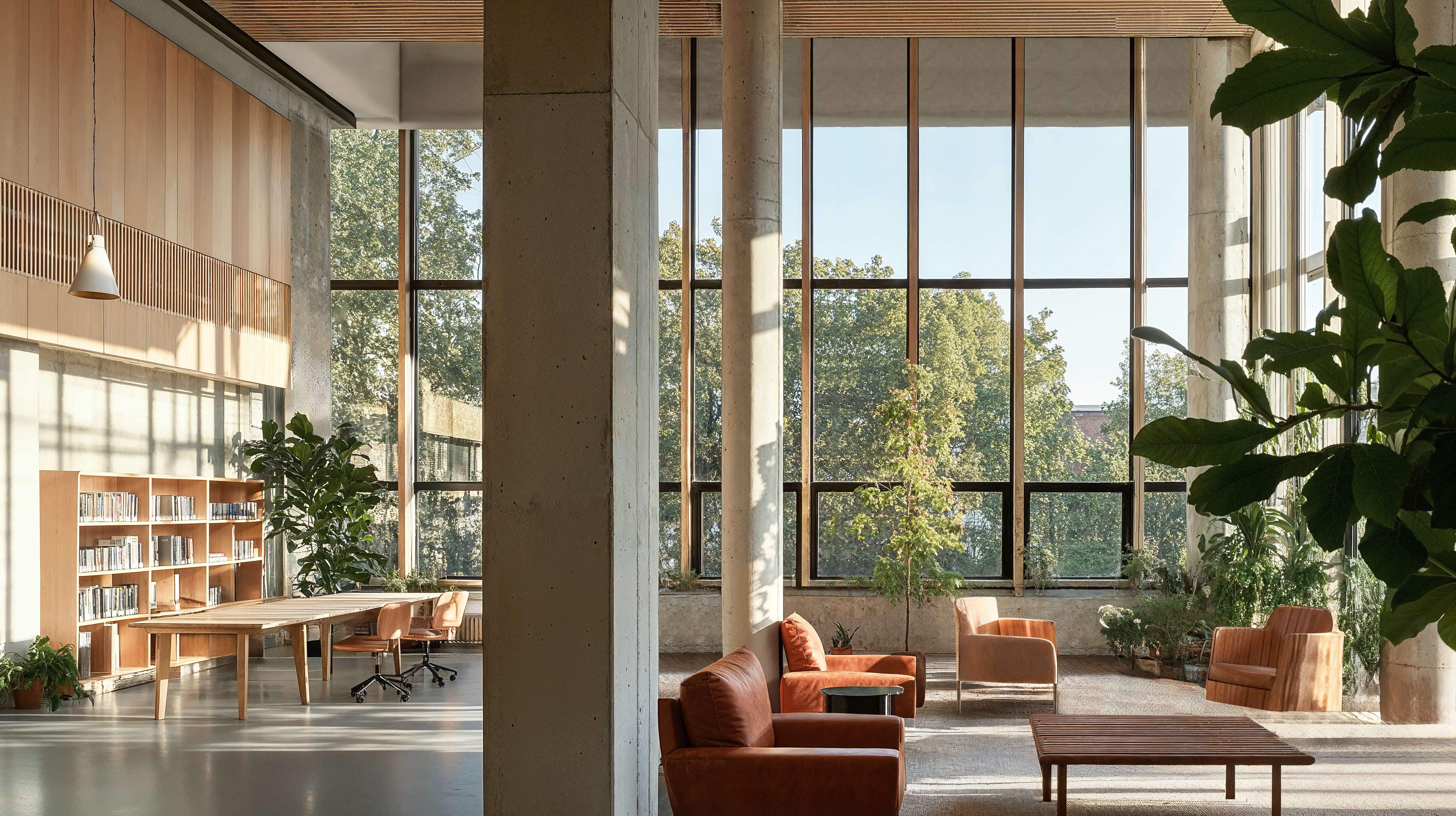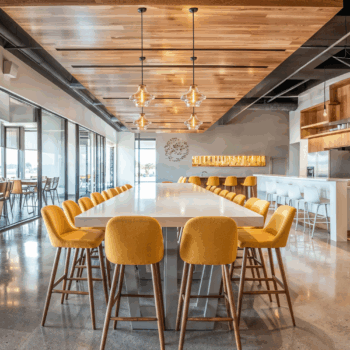
Health-focused schools are redefining educational environments by prioritizing physical, emotional, and cognitive well-being. Moving beyond traditional classroom design, these spaces integrate improved air quality, ergonomic furniture, and wellness-driven layouts to create healthier, more engaging settings for both students and educators.
Air quality is a cornerstone of health-focused design. Proper ventilation systems and air purification technologies help reduce allergens, pollutants, and airborne pathogens, ensuring a fresher, cleaner atmosphere. Natural ventilation, combined with strategically placed greenery like living walls, not only improves indoor air but also introduces calming visual elements that promote focus and relaxation.
Ergonomic furniture —such as adjustable desks and chairs —supports proper posture and physical comfort, accommodating students of varying ages and sizes. By reducing strain and discomfort, these designs help students maintain focus and minimize long-term health issues. In teachers’ lounges and administrative offices, ergonomic solutions also contribute to a workspace that prioritizes educator wellness.
Wellness-focused layouts encourage movement and mental clarity. Flexible seating arrangements, open spaces, and dedicated breakout areas for collaborative or independent work give students a sense of autonomy and variety in their learning environments. Outdoor classrooms or access to courtyards further enhance the connection to nature, offering students a mental reset during their day. Additionally, calming color palettes—soft blues, greens, and earth tones—help foster a tranquil atmosphere that supports learning.
Beyond individual elements, health-focused schools embrace the idea that design directly impacts performance and well-being. These environments support not only academic success but also the holistic development of every student and educator. By rethinking traditional educational design and prioritizing wellness, health-focused schools are setting a new standard—creating spaces that inspire learning, nurture creativity, and prepare students for brighter futures.
Discover more about educational spaces with our article on Sustainable High School Interiors.







